Chondrites
Chondrites are one of the main types of rock meteorites. Chondrites contain chondrules. Chondrules are tiny, spherical formations found in chondrites that are composed of various minerals such as olivine, pyroxenes, or plagioclase. These chondrules are considered the basic building blocks of chondrites and are a key element in the identification and classification of these meteorites.
-
Ordinary chondrites (H, L, LL)
-
They contain chondrules (small spherical formations) and are classified according to their iron content (H high iron, L low iron, LL very low iron). These meteorites are thought to be the remains of primitive bodies that formed at a very early stage of the solar system. Their age is estimated to be more than 4.5 billion years, which corresponds to the age of the solar system.
-
Carbonaceous chondrites (CI, CM, CO, CV, CR, CH, CB)
-
Containing organic compounds and water, they are very ancient and unchanged since the formation of the solar system.
-
Enstatite chondrites (EH, EL)
-
Contain the mineral enstatite and have a low oxide content.
List of products

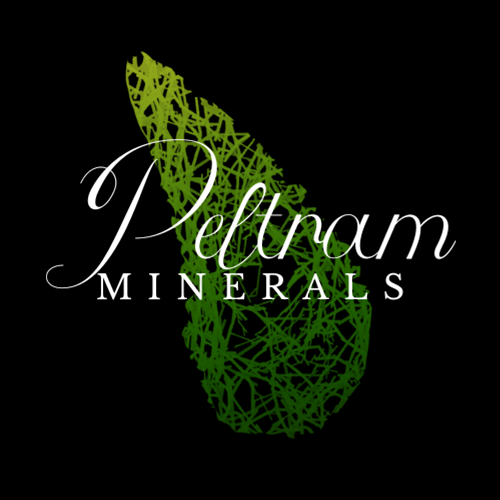
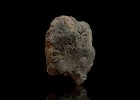
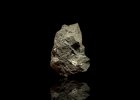
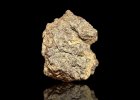
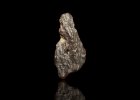









.png?67eda4a9)







